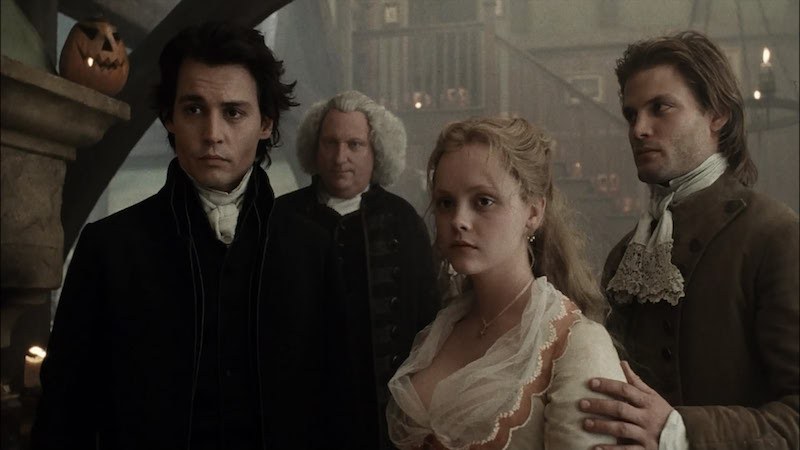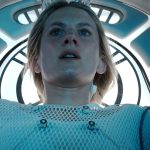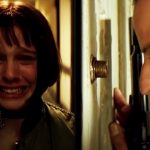“Sleepy Hollow” (1999)

Released in 1999 and directed by Tim Burton, “Sleepy Hollow” is a film that transports viewers into a hauntingly beautiful and eerie world. Set in 1799, the movie is a reinterpretation of Washington Irving’s classic tale “The Legend of Sleepy Hollow.” Tim Burton infuses his unique style, blending Gothic horror with dark humor and stunning visual aesthetics.
The plot revolves around Ichabod Crane, played by Johnny Depp, a constable from New York City who is sent to the secluded village of Sleepy Hollow to investigate a series of murders allegedly committed by the Headless Horseman. From the moment Ichabod arrives, the film immerses us in a chilling atmosphere filled with fog-draped forests, sinister whispers, and the omnipresent sense of impending doom.
At its heart, “Sleepy Hollow” is a mystery wrapped in supernatural terror. The narrative unfolds with Ichabod Crane’s relentless pursuit of the truth, despite his skepticism about the existence of the supernatural. His character serves as the audience’s surrogate, navigating through a labyrinth of secrets and suspicions that shroud Sleepy Hollow.

Tim Burton’s direction is pivotal in crafting the film’s dark ambiance. His use of gothic elements such as crumbling mansions, twisted trees, and muted color palettes evokes a sense of foreboding that permeates every scene. The Headless Horseman himself is a masterclass in visual effects, portrayed with chilling realism and wielding his deadly sword with spectral grace.
Central to the film’s success is Johnny Depp’s portrayal of Ichabod Crane. His performance balances the character’s intellectual curiosity with an underlying vulnerability, making Ichabod a relatable protagonist amidst the supernatural chaos. Supported by a talented ensemble cast including Christina Ricci as Katrina Van Tassel and Christopher Walken as the menacing Hessian Horseman, the actors bring depth to their roles, enhancing the film’s narrative impact.

Thematically, “Sleepy Hollow” explores the clash between reason and superstition, embodied in Ichabod Crane’s rational worldview versus the village’s deep-rooted beliefs in the supernatural. This dichotomy drives the tension of the story, culminating in a climactic showdown that tests Ichabod’s resolve and challenges his understanding of reality.
Visually stunning and narratively compelling, “Sleepy Hollow” remains a testament to Tim Burton’s mastery of cinematic storytelling. Through its atmospheric cinematography, memorable performances, and thematic richness, the film continues to captivate audiences, inviting them to delve into its shadowy depths and unravel its mysteries.

In conclusion, “Sleepy Hollow” (1999) stands as a timeless example of Gothic cinema, blending horror, mystery, and dark fantasy into a mesmerizing tale. With its haunting imagery and compelling narrative, the film leaves a lasting impression, beckoning viewers into a world where reality and nightmare intertwine.











